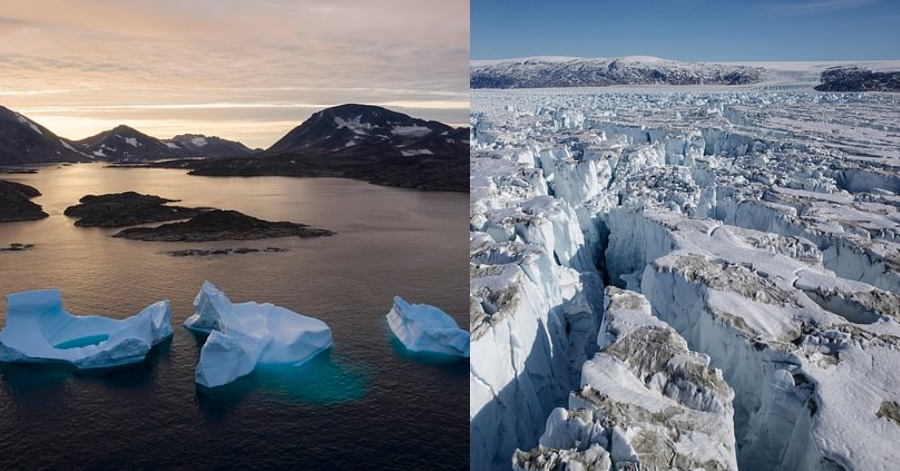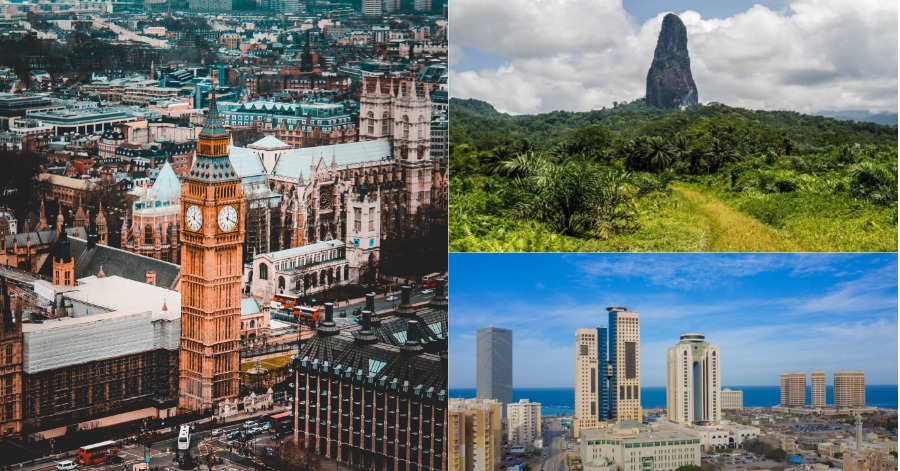Melting of the ice sheet in Greenland gets more worrying. It will then lead to the rising of the global sea level. According to scientists, it is estimated that sea level will rise as much as 1.2 meters by 2300.
This global phenomenon will affect every part of the world. Urban settings along coastlines around the world will face disruptions in the future. Big cities such as Shanghai and London will also be threatened if sea level keeps increasing.
One of the largest contributors to the rising sea level is the melting of the Greenland ice sheet. This contributes to a rise of about 0.03 inches each year.
In a recent study, scientists found that the rate of ice loss from Greenland’s ice sheet in 2019 is 15% higher than the previous worst year on record, which was in 2012. An analysis of satellite data revealed that a total of 532 gigatonnes of Greenland’s ice sheet melts last year.
Ed Hawkins, a climate scientist from the University if reading said, this amount is equal to around six Olympic-sized swimming pools every second of the year.
The loss of ice mass can be tracked by analyzing the changes in gravity as recorded by the Gravity Recovery and Climate Experiment (Grace) missions. Yara Mohajeran, an earth scientist from the University of California said that it is crucial to understand and monitor the changes in the mass of Greenland’s ice sheet closely. This can give a high impact on the world.
A week before, researchers revealed that Greenland’s glaciers have passed the ‘point of no return’. This is a phenomenon where glaciers would continue to melt even if global warming is stopped.
Source: dailymail.co.uk









Leave a Comment